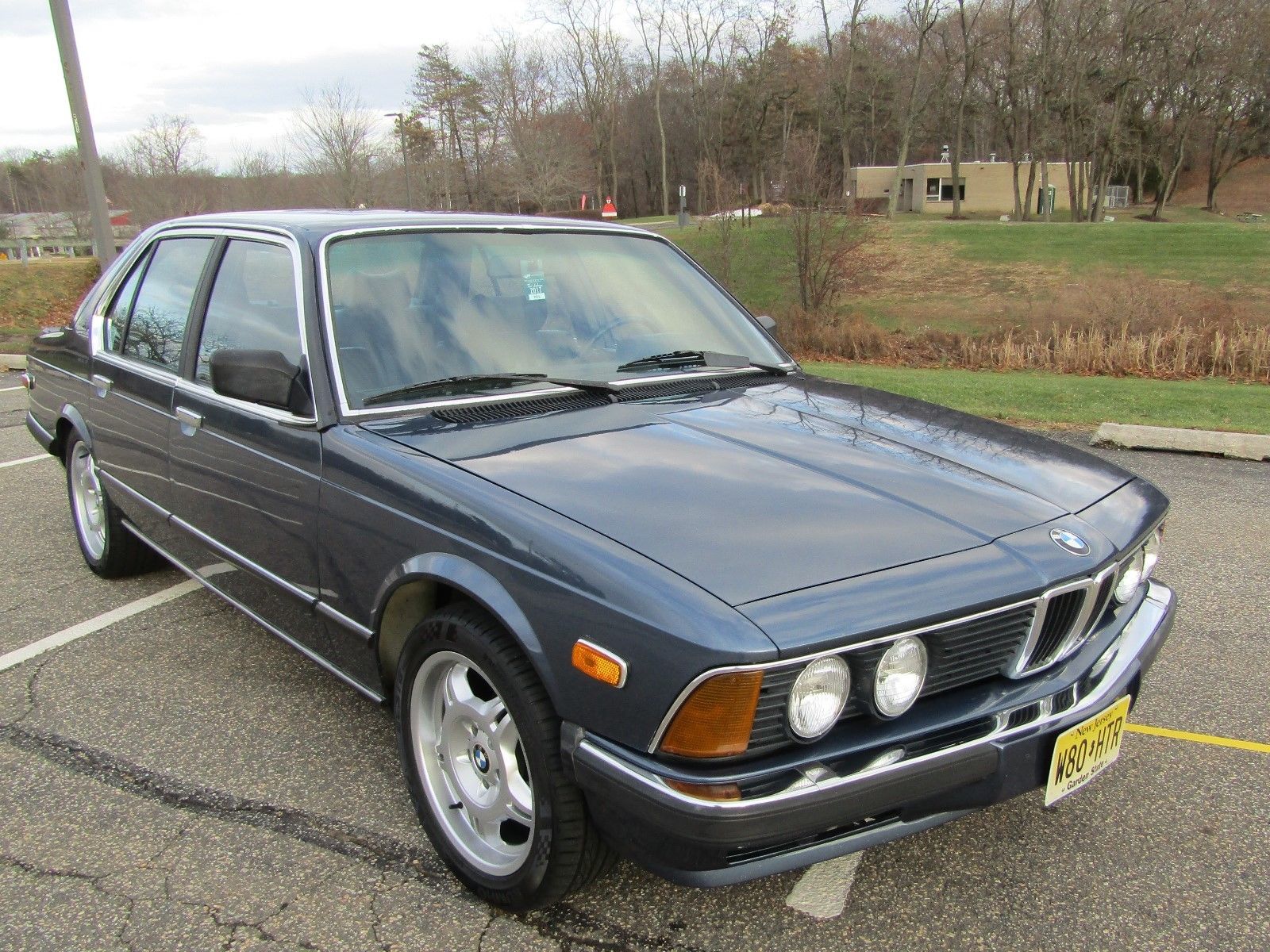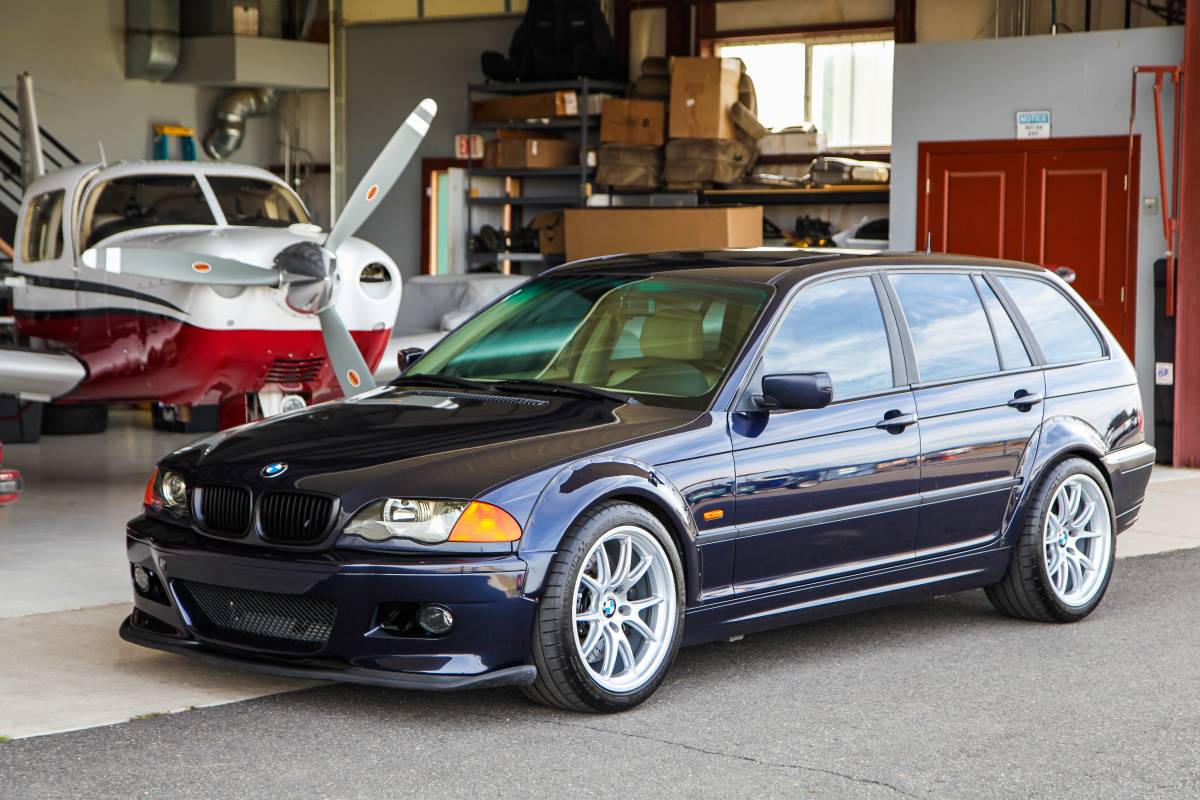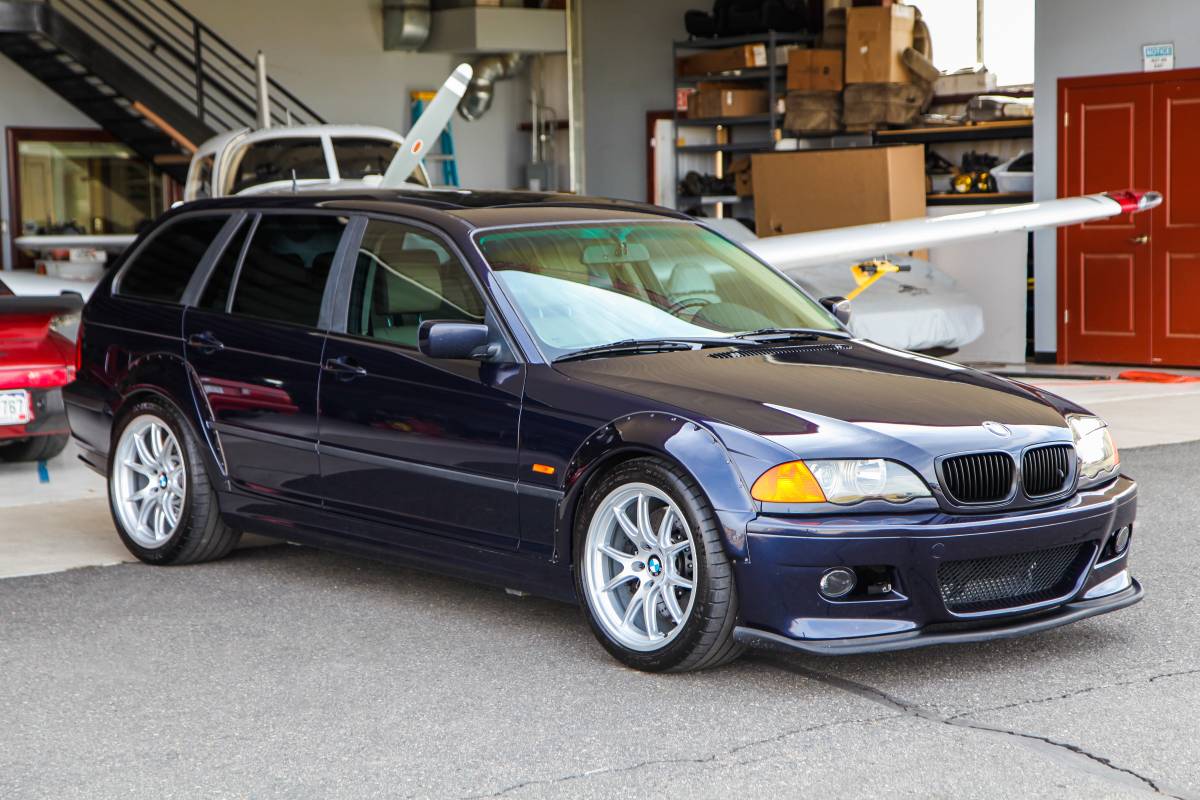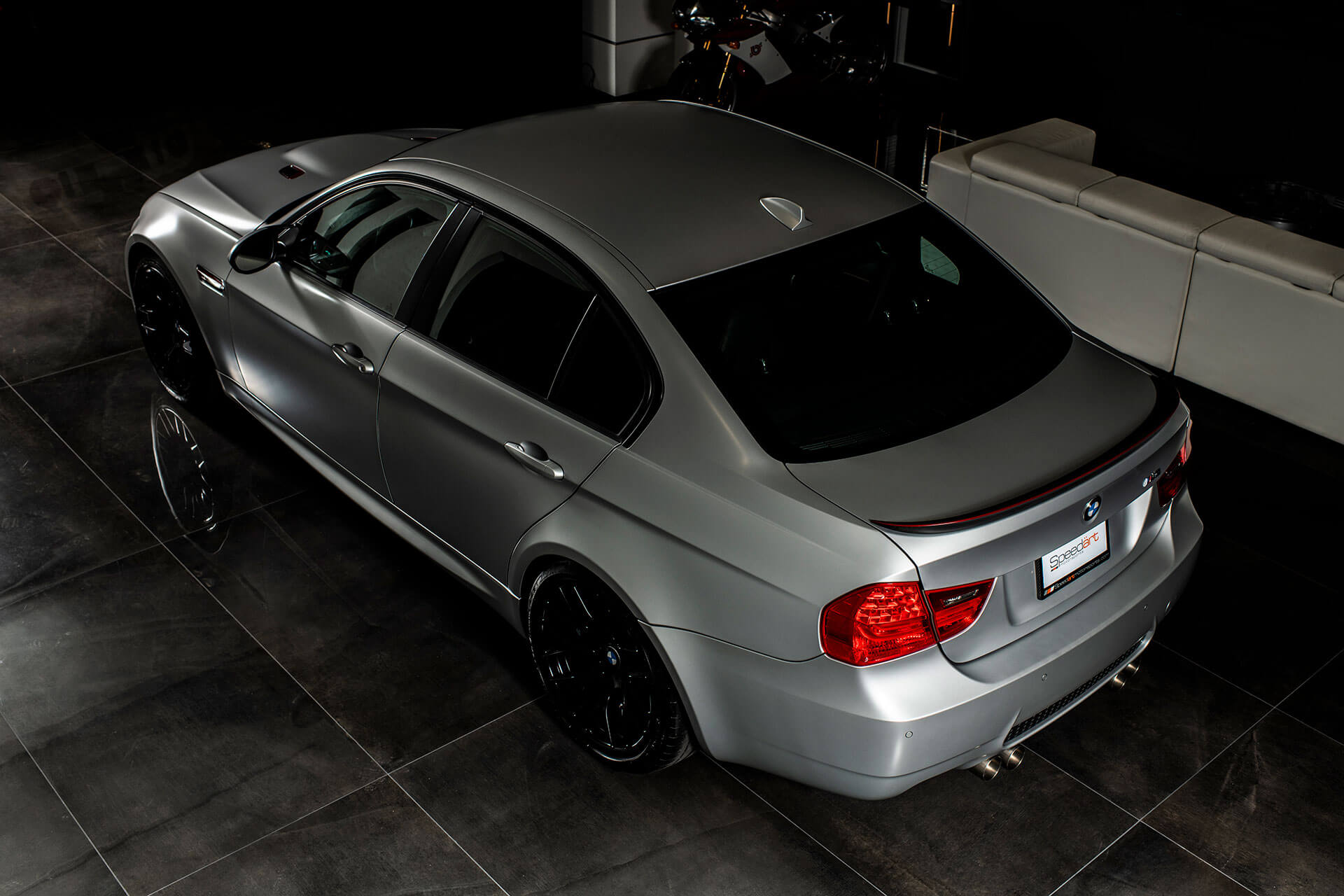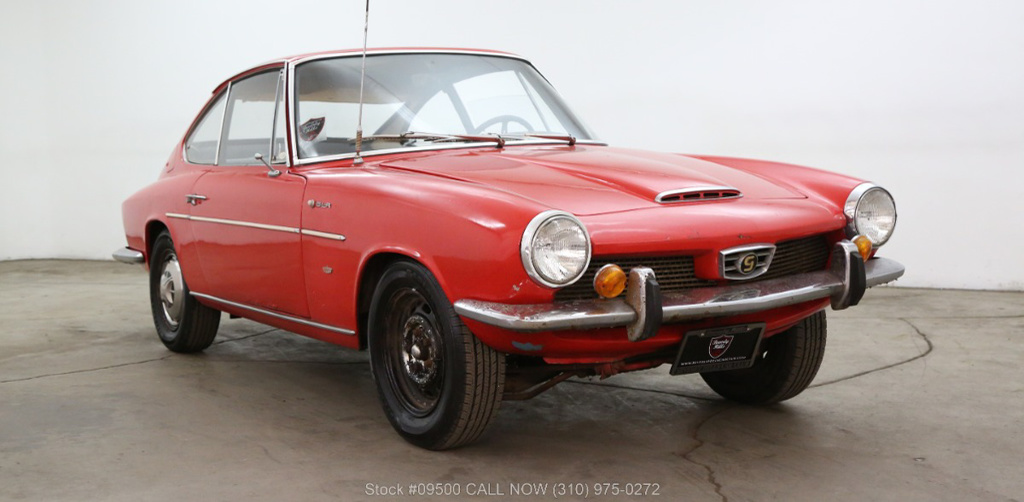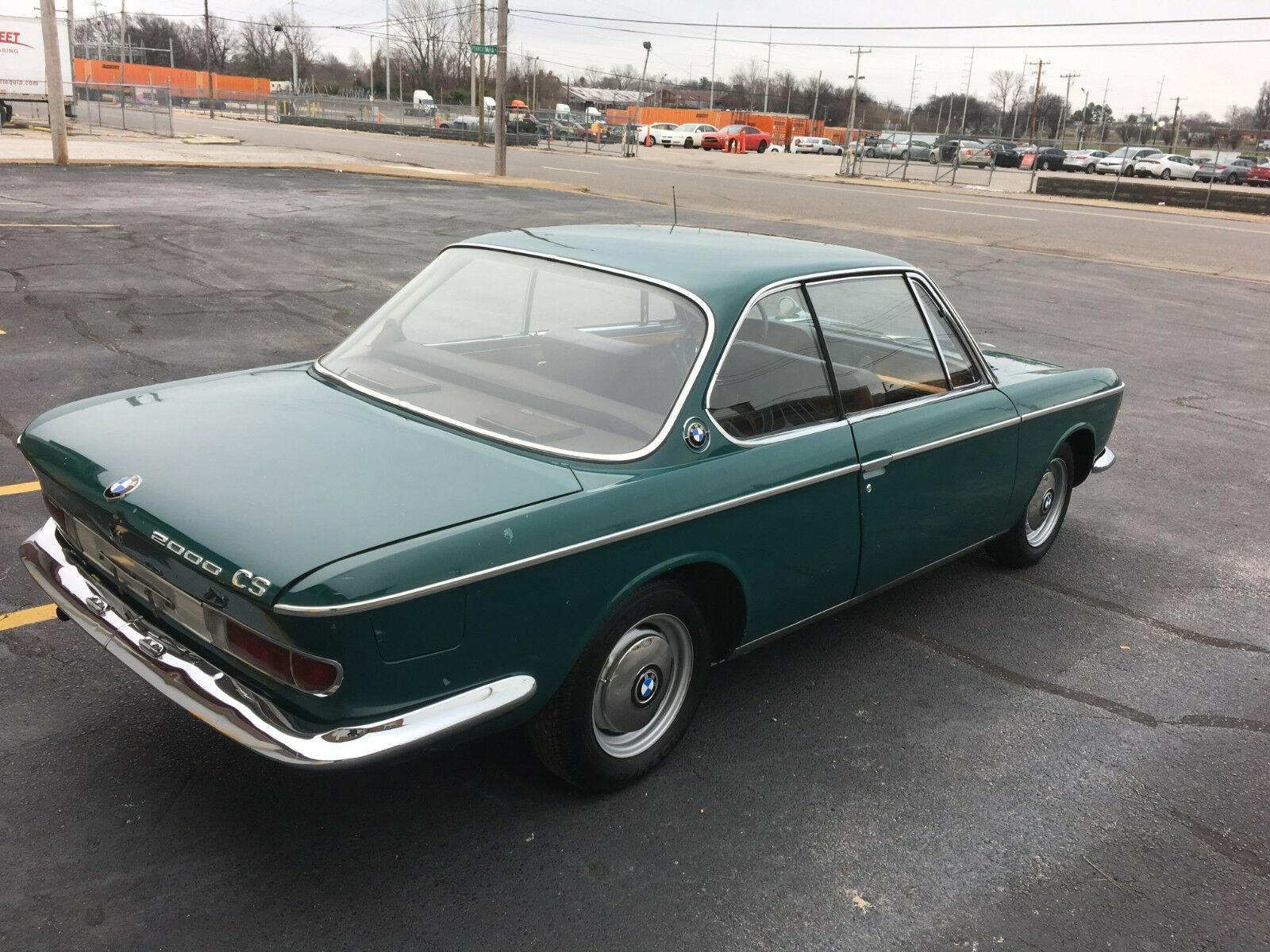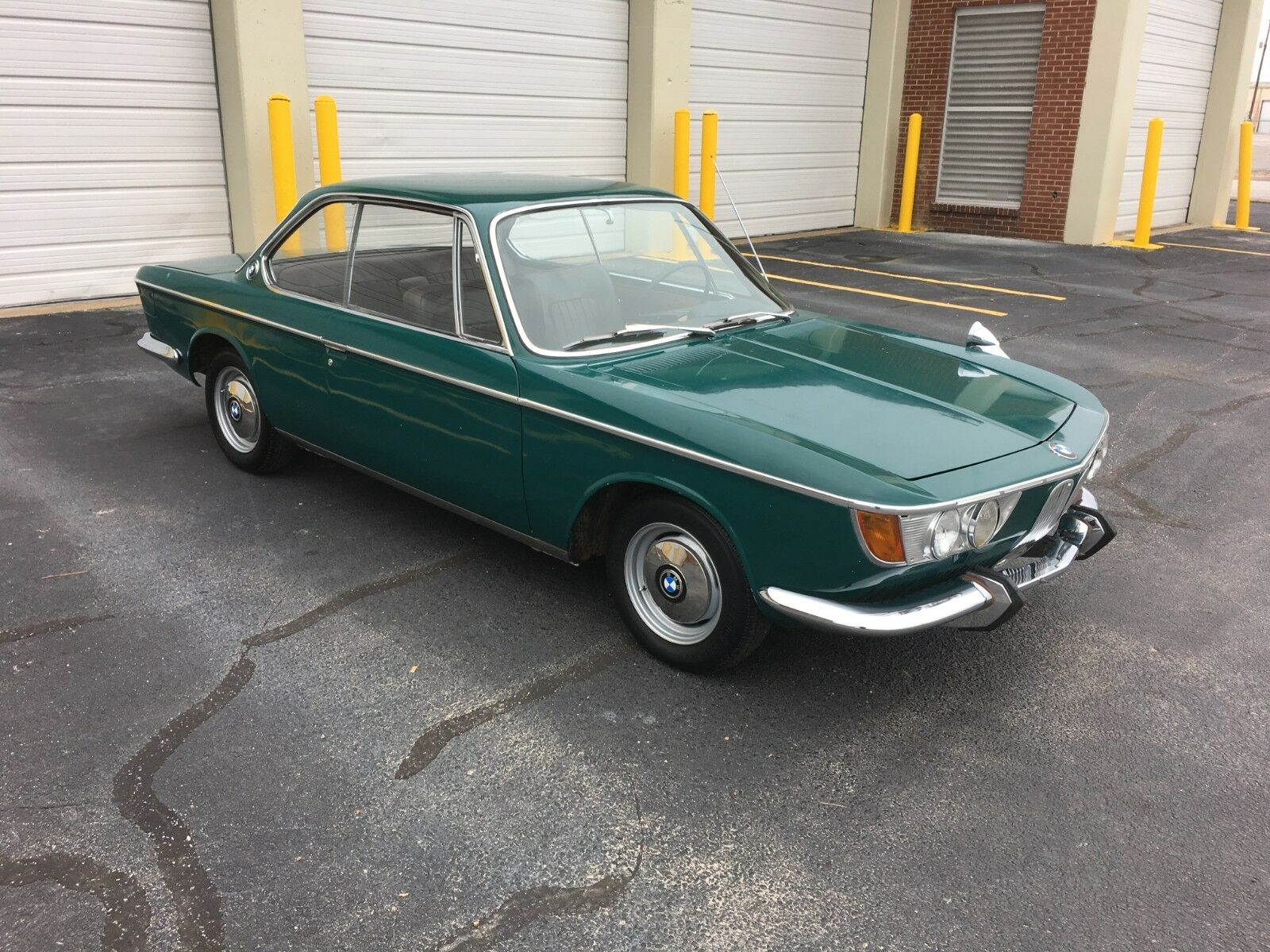To go up against the established Alpha executive from Germany – the S-Class Mercedes-Benz – BMW’s engineers had to think outside of the box. It wasn’t simply good enough to mimic the go-to large luxury sedan. They’d have to outperform it, to be better than Stuttgart’s best. That was a tall order for the Munich firm, since its last truly large sedans were the 501/2 series cars; the Baroque Angels of the early 1950s. Though they launched at roughly the same time as BMW’s microcar craze, they were really holdovers from another era. The same wouldn’t work in the late 1970s, but primed with the success of their 5- and 6-series models, BMW was ready to face the challenge.
Though the E3 had offered a sizeable sedan, the new E23 really stretched BMW’s platforms. The new 7-seres was 6 inches longer overall, most of which fell in a longer wheelbase versus the E3. It was also wider by a few inches and lower, too. Paul Bracq again provided the styling and it was nothing surprising; it carried the torch of many of the design elements of the 3-, 5- and 6-series cars, and that certainly wasn’t a bad thing. But what BMW hoped would help to set it apart from the competition was technology and performance, along with a high-level of material quality in the cabin. Options included Buffalo leather, an on-board computer system, anti-lock brakes, heated and reclining power seats front and rear, and even an airbag late in the run; standard fare today, but way ahead of the curve in the late 1970s and early 1980s. BMW matched this technology with a thoroughly modern driver-oriented cockpit which made the W116 Mercedes-Benz competition feel immediately antiquated.
Where the E23 really established itself, though, was in keeping with the “driving machine” motto of the company. This was a performance sedan, and consequently BMW brought its turbocharger technology over to the E23. Launched in 1980, the new “745i” derived its name from the 1.4 multiplier for turbocharged displacement, and the M102B32 3.2 liter inline-6 cranked out an impressive 252 horsepower with 280 lb.ft of torque channeled through a 3-speed automatic ZF-built 3HP22 gearbox. It provided effortless highway cruising with a broad torque curve. With a full assortment of luxurious options, a driver-oriented design and pioneering turbocharger technology, these really were cutting edge sedans in the early 1980s. The M102 was replaced for the later ’82-86 745is with the M106, which produced the same peak horsepower but at a lower rev range. Displacement was up to match the M30 at 3.4 liters and it now used Motronic engine management:

